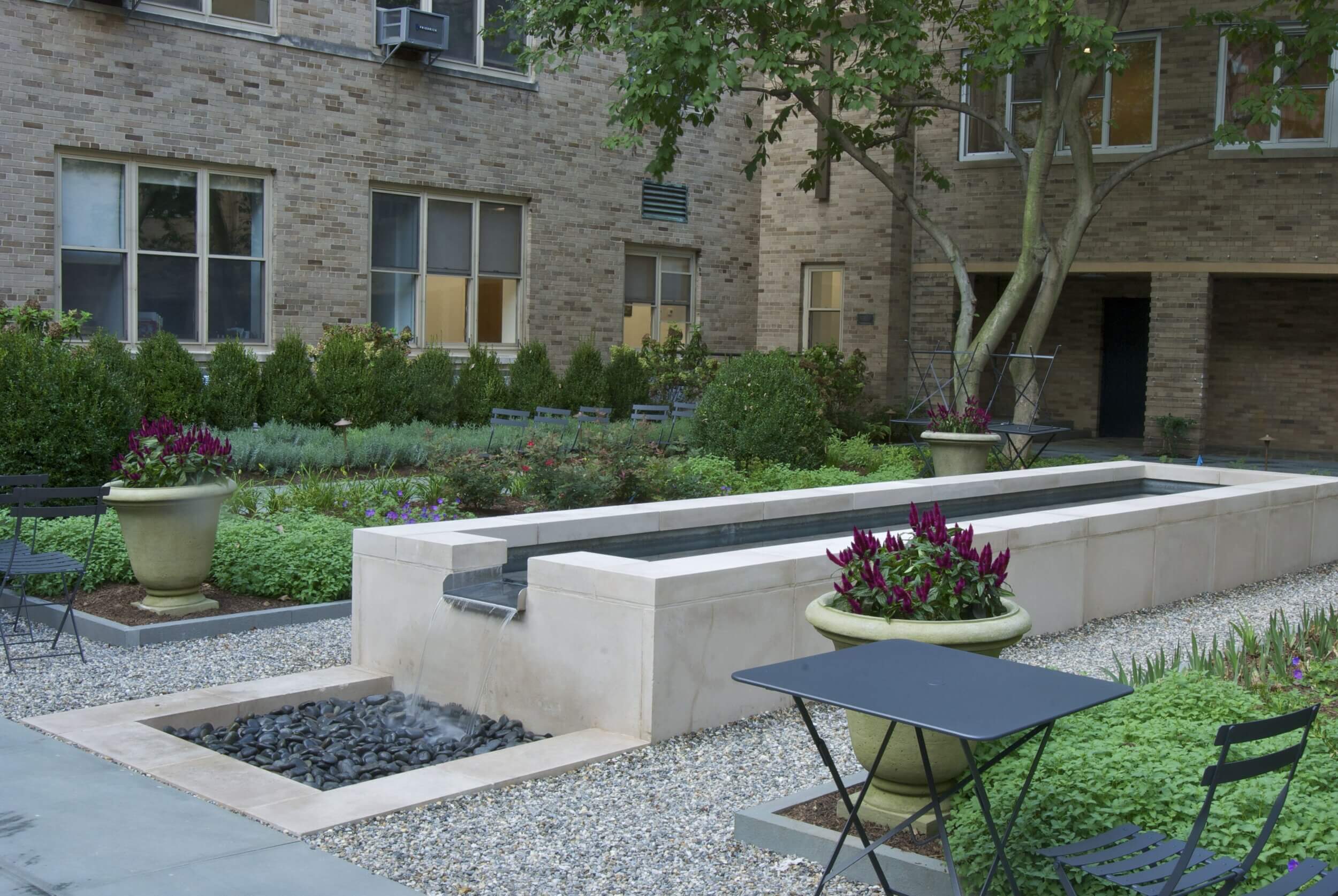
Do you remember when you were a kid, and your parents would take you on one of those surprise (dreaded) trips to the barber or hair salon?
“But, my hair is the perfect length!” you may have protested. “I don’t need it cut – I like it the way it is!”
And, a classic parental response would be, “Honey, if you want your hair to keep growing, then you at least need a trim.”
And, for some of us, that was enough. Whether or not we pouted the entire time we were in the hairdresser’s chair, the typical result– objectively speaking – was a head full of healthier, better-looking hair. Hair that would also ultimately grow more evenly and in better quality.
Well, that’s one way to think about rejuvenation pruning for shrubs — very common plants in today’s gardens. To keep these plants healthy throughout their relatively long lives, they need periodic maintenance, like branch cutting and trimming – or more officially, rejuvenation pruning.
The basics: the shrubs and bushes that pepper your lawn
Shrubs – what we often call bushes – are a very popular element in outdoor space. As perennial plants, you can enjoy them for many seasons (as opposed to annual or biennial plants). Each year, they grow until they reach maturity, so they do require more landscaping maintenance than other plants with shorter lives.
Shrubs are also often deciduous, which, according to SFGate means that “their leaves are often green during their growth and blooming periods and turn bright colors such as red, orange and yellow as the shrubs go dormant to conserve water.” Then, during the shrub’s dormant period, they are just made of wooden twigs and branches.
Where does rejuvenation pruning come in, and why is it necessary?
Rejuvenation planning facilitates that shrub growth we just mentioned. It’s also required to keep flowers and fruits blooming beautifully throughout the plant’s growing seasons.
Specifically, rejuvenation pruning is the process of “removing branches all the way down to their base.” For successful rejuvenation planning, your landscaping experts will cut down your shrubs close to ground level, leaving six to 24 inches of the branches.
The result?
Goodbye to old, overgrown limbs for a future ‘hello’ to newer, stronger branches that provide what fruits and flowers need to grow better — both in terms of quality and quantity.
It really is like a haircut: removing the split ends (damaged wood) so that you can achieve a healthy, aesthetically-pleasing result that you will enjoy for years.
Simply put, the benefits of rejuvenation pruning are:
- Disease and inspect problem management
- Rehabilitating damaged branches so that they grow back stronger and allow for more blossoms.
- Reshaping and changing the growth direction of a shrub as necessary or desired
Pruning rejuvenation approaches
At ColoradoScapes, we execute pruning in one of two ways:
- There is gradual rejuvenation, which is the process of removing old branches over the course of three years. Although more time-consuming, this strategy results in shrubs that reach their peak potential when they do grow back.
- Then, there is hard pruning, which involves annually cutting down shrubs to a height of six to twelve inches. This allows shrubs to rejuvenate more quickly.
Our landscapers always consult with our clients extensively to determine which option is best for every garden.
To learn more, contact us today.
